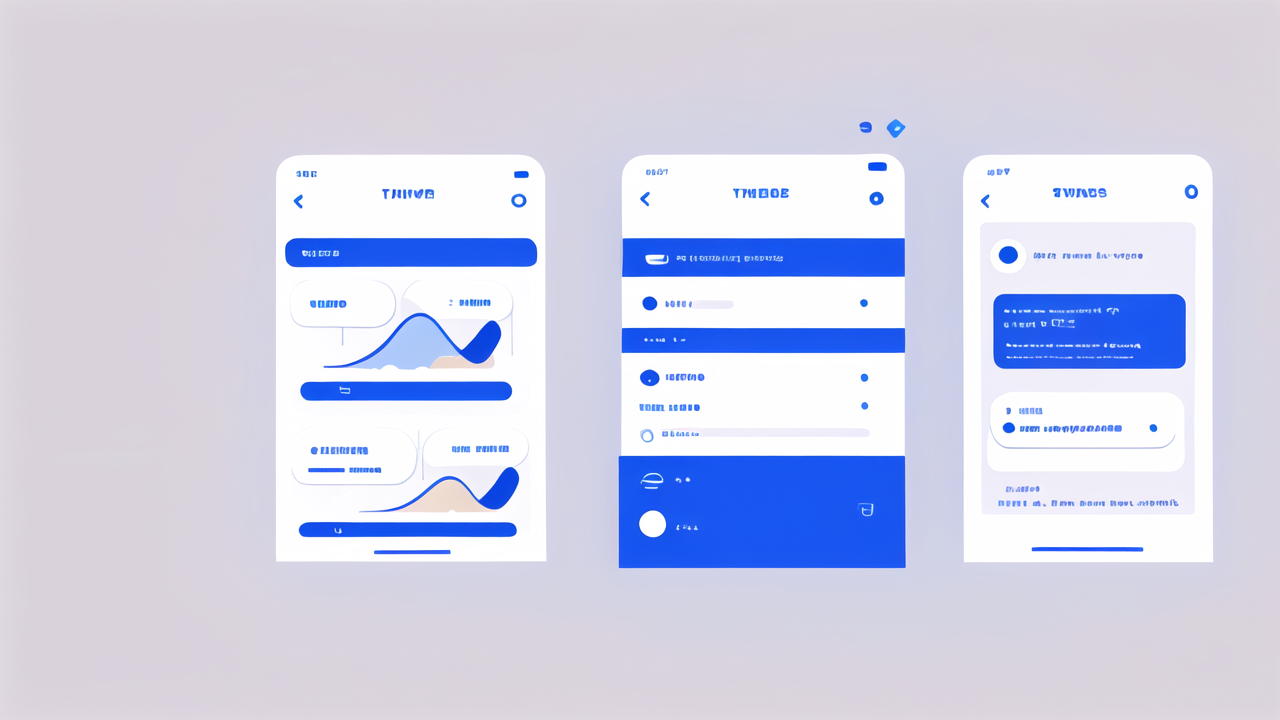Understanding the Technology Behind Activity Tracking
The Role of Accelerometers and Gyroscopes in Measuring Movement
Smart watches use tiny sensors called accelerometers and gyroscopes to track movement. These devices can detect changes in speed and direction. Accelerometers measure linear movement, like steps taken or distance covered. Gyroscopes, on the other hand, detect rotational movement.

Together, these sensors create a detailed picture of your physical activity. They can tell if you're walking, running, or even swimming. The data from these sensors is then processed to give you useful information about your fitness level.
Smart watches can count your steps, estimate calories burned, and even detect sleep patterns. This technology has made fitness tracking more accurate and accessible to everyone.
Heart Rate Monitoring: How Smart Watches Are Getting Smarter
Heart rate monitoring in smart watches has come a long way. Early models used optical sensors to detect blood flow under the skin. Now, advanced watches use ECG (electrocardiogram) technology for more precise readings.
These devices can track your heart rate throughout the day. They can alert you to unusually high or low rates. Some can even detect irregular heart rhythms, which could be signs of health issues.
Continuous heart rate monitoring helps you understand your fitness level better. It can show how your body responds to exercise and stress. This data can help you optimize your workouts and manage your overall health.
GPS and Location Tracking: Enhancing the Fitness Experience
GPS technology in smart watches has revolutionized outdoor fitness activities. It allows for accurate tracking of distance, pace, and route during runs, bike rides, or hikes.
Some watches can create detailed maps of your activities. This feature is great for analyzing your performance and planning future routes. GPS also enables safety features like location sharing during outdoor activities.
Advanced watches can even work without a phone nearby. This means you can leave your phone at home and still track your outdoor workouts accurately.
The Impact of Smart Watches on Fitness Regimens
Personalized Fitness Coaching and Goal Setting
Smart watches have become personal fitness coaches on your wrist. They can analyze your activity data and provide tailored recommendations. These devices help you set realistic fitness goals based on your current level.

Many watches offer guided workouts and training plans. They can suggest exercises, track your progress, and adjust your goals as you improve. Some even provide real-time coaching during workouts.
This personalized approach makes it easier for people to start and stick to fitness routines. It's like having a personal trainer with you all the time, motivating you to reach your goals.
Integration with Existing Fitness Ecosystems
Smart watches don't work alone. They're part of larger fitness ecosystems. Many can connect to popular fitness apps and services. This integration allows for a more comprehensive view of your health and fitness.
You can sync your watch data with nutrition apps, sleep trackers, and even smart scales. This creates a complete picture of your health. It helps you understand how different factors affect your fitness.
Some watches can also connect to gym equipment. This feature allows for more accurate tracking of indoor workouts. It's like having your own fitness data hub, all centered around your smart watch.
Encouraging Long-term Wellness through Continuous Monitoring
The constant presence of a smart watch on your wrist promotes long-term health awareness. These devices provide continuous feedback on your activity levels, heart rate, and sleep patterns.
Many watches use this data to send reminders to move or take breaks. They can alert you if your stress levels are high or if you're not getting enough sleep. This ongoing monitoring helps create healthy habits over time.
Some watches even offer mindfulness features like guided breathing exercises. These tools help users manage stress and improve overall well-being. The result is a more holistic approach to health and fitness.
Future Trends in Fitness Monitoring: What to Look Forward To
Advanced AI and Machine Learning for Enhanced Fitness Insights
The future of smart watches lies in artificial intelligence and machine learning. These technologies will make fitness tracking even more accurate and insightful.

AI can analyze patterns in your data to predict health trends. It might warn you about potential issues before they become serious. Machine learning can personalize your fitness plans even more. It can adapt to your habits and preferences over time.
We might see watches that can detect early signs of diseases. They could analyze your heart rate, sleep patterns, and activity levels to spot anomalies. This could lead to earlier interventions and better health outcomes.
Integrating Voice Assistants and Digital Coaches in Fitness Wearables
Voice assistants are becoming more common in smart watches. In the future, they could act as digital fitness coaches. You might ask your watch for workout advice or nutrition tips.
These assistants could provide real-time feedback during exercises. They might correct your form or suggest when to push harder or take a break. This could make workouts more effective and safer.
Voice control could also make smart watches more accessible. People with mobility issues could easily control their devices and track their health without touching the screen.
The Intersection of Virtual Reality and Activity Tracking
Virtual reality (VR) could add a new dimension to fitness tracking. Imagine putting on a VR headset and seeing your fitness data in a 3D environment. You could visualize your progress in exciting new ways.
VR could also make workouts more engaging. You might run through virtual landscapes or compete against digital avatars. Your smart watch could track your performance in these virtual workouts.
This blend of virtual experiences and real-world tracking could make fitness more fun and motivating. It could help people stick to their exercise routines and achieve their health goals.




Leave a comment
This site is protected by hCaptcha and the hCaptcha Privacy Policy and Terms of Service apply.